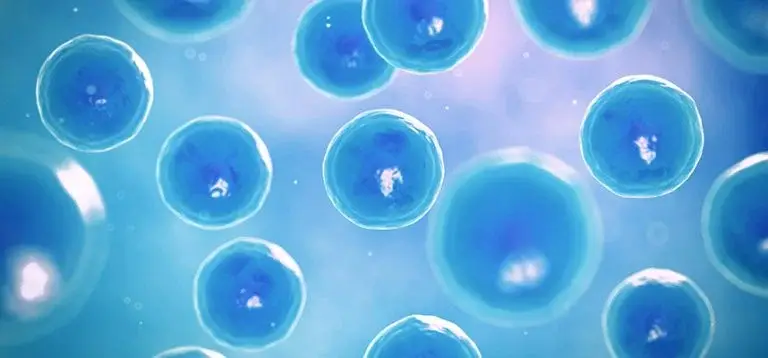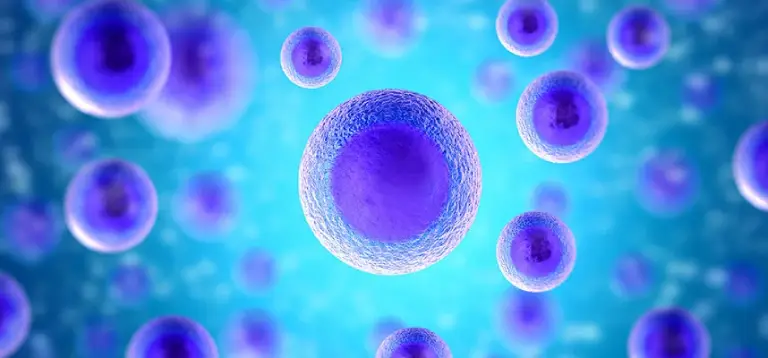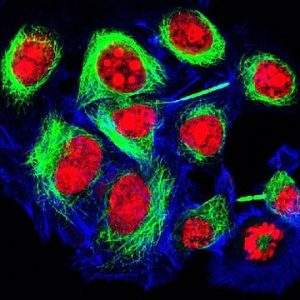
3D Bioprinting- Biomedical And Clinical Advancements
3D printing was first developed in 1984 and slowly started making its way into several domains of technology. In recent times, 3D printing advancements have paved the way for using this technology in a cost-effective and efficient manner. Since the last few years, biomedical science companies have also started figuring out how to utilize this advanced technology for lowering healthcare costs, aiding therapeutics, and manufacturing assisting devices for injury. In 3D bioprinting, biomaterials such as hydrogels are combined with viable cells and growth factors to print 3D models of tissue-like structure that mimic natural body tissue. The stem cells and primary cells requisite are generally cultivated into a bioink to ‘print’ a bio-organic structure. 3D bioprinting-based advancements in the clinical and biomedical domains have been moderately growing with time and achieving success to solve several medical problems in the future is quite a possible dream.
According to the U.S. FDA, 3D bioprinters are already being researched on for manufacturing medical equipments and surgical devices to match the patient’s body type, besides fulfilling physiological and anatomical requirements. Till date, 3D bioprinting has already been utilized for building advanced surgical instruments at a cheaper cost than conventional manufacturing technology and thus the use of 3D bioprinting has been considered to be cost effective.
Here is a look at how 3D Bioprinting developments have revolutionized Biomedical Advancements:
Bones: A Regenerative Structure
Researchers around the world are focusing on bone bioprinting to create artificial bone matrix with regenerative biomaterial. Currently, bone grafting has been used to replace damaged bones with synthetic structures but problems of mechanical integrity and regenerative capacity has been prevalent. 3D bioprinting comes to the rescue in this case as the printed bone has the exact structure needed with a regenerative and durable biomaterial like gelatin, collagen, calcium phosphate and polycaprolactone. The bioprinted bone material is capable of fusing with a patient’s natural bones gradually and replaces them eventually owing to the repair and regeneration. Repairing bone breaks and healing bone fractures or displacements exploit the use of this technology majorly and in the future, bionics can also benefit from this technology for printing bones to support artificial body structures.
Corneas: An Eye-Opening Boost
Researchers have already worked on printing artificial cornea from biocompatible decellularized corneal stroma and viable stem cells and they are gearing towards replacing the market of synthetic corneas and cornea surgeries. Synthetic cornea materials generally used synthetic polymers and recombinant collagen which at times face complications of compatibility. 3D bioprinted corneas mimic the collagen fibril lattice pattern by focusing on the hydrodynamic aspect of the natural corneas to adequately reflect the physiological and structural aspect of the native cornea.
Cartilage: Caring For Joint Care
Researchers of BioFAB3D, an Australian biofabrication center, have built a cartilage printing device called the BioPen which uses adipose-derived stem cells to produce and implant custom made cartilage scaffolds. Biopen technology is hopeful for combpatiility in treatment of human patients in the near future, with more research and clinical studies. The biopolymer matrix and mesenchymal stem cells aid the compatibility, repair, and regeneration potential.
Skin: Alternative To Great Leap In Grafting For Burn Patients
Researchers at the Wake Forest School of Medicine have designed a 3D printer to print skin cells directly on to a burn wound, thereby bypassing conventional skin grafting which may pose issues of regenerative compatibility. The 3D bioprinting technology measures the size and depth of the wound and accordingly prints hypodermal, dermal, and epidermal skin cells at the corresponding wound regions.
The possibilities of using bioprinting technology for improving biomedical advancements in the domain of organ bioimprinting and cosmetic surgeries are improving towards an endless horizon where thinking is the only limit! For more information on the applications of bioprinting and primary stem cells in clinical therapeutics, contact info@kosheeka.com






